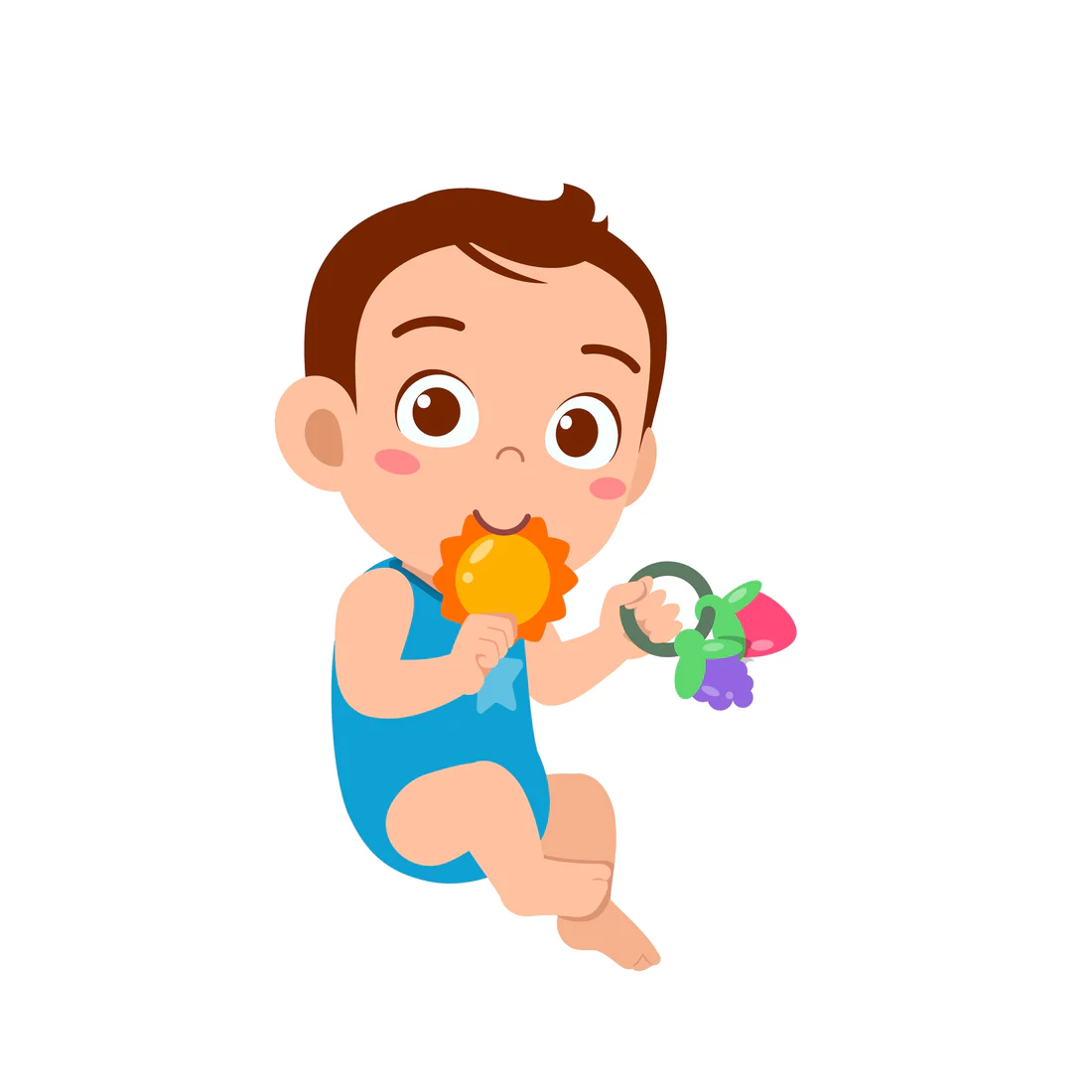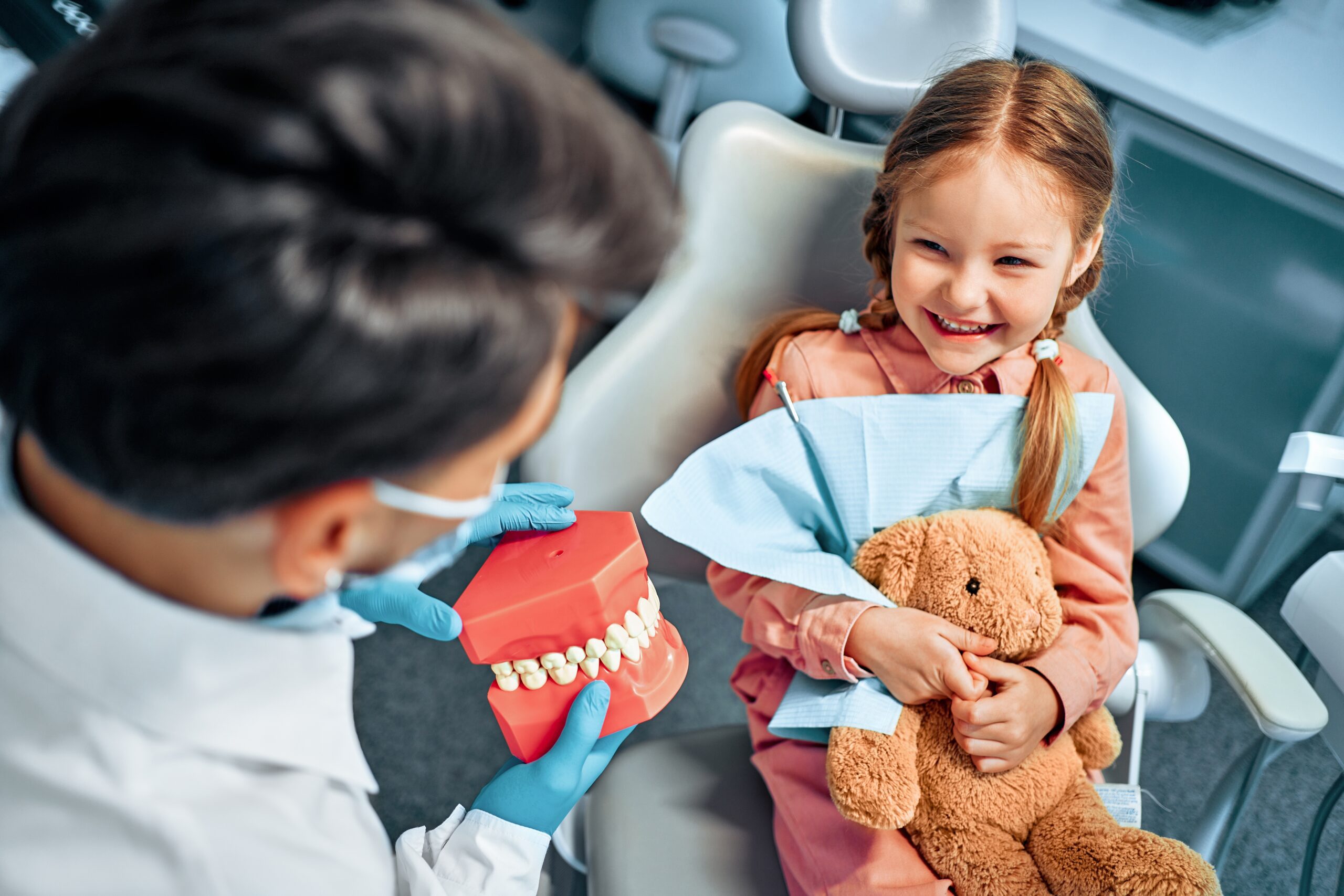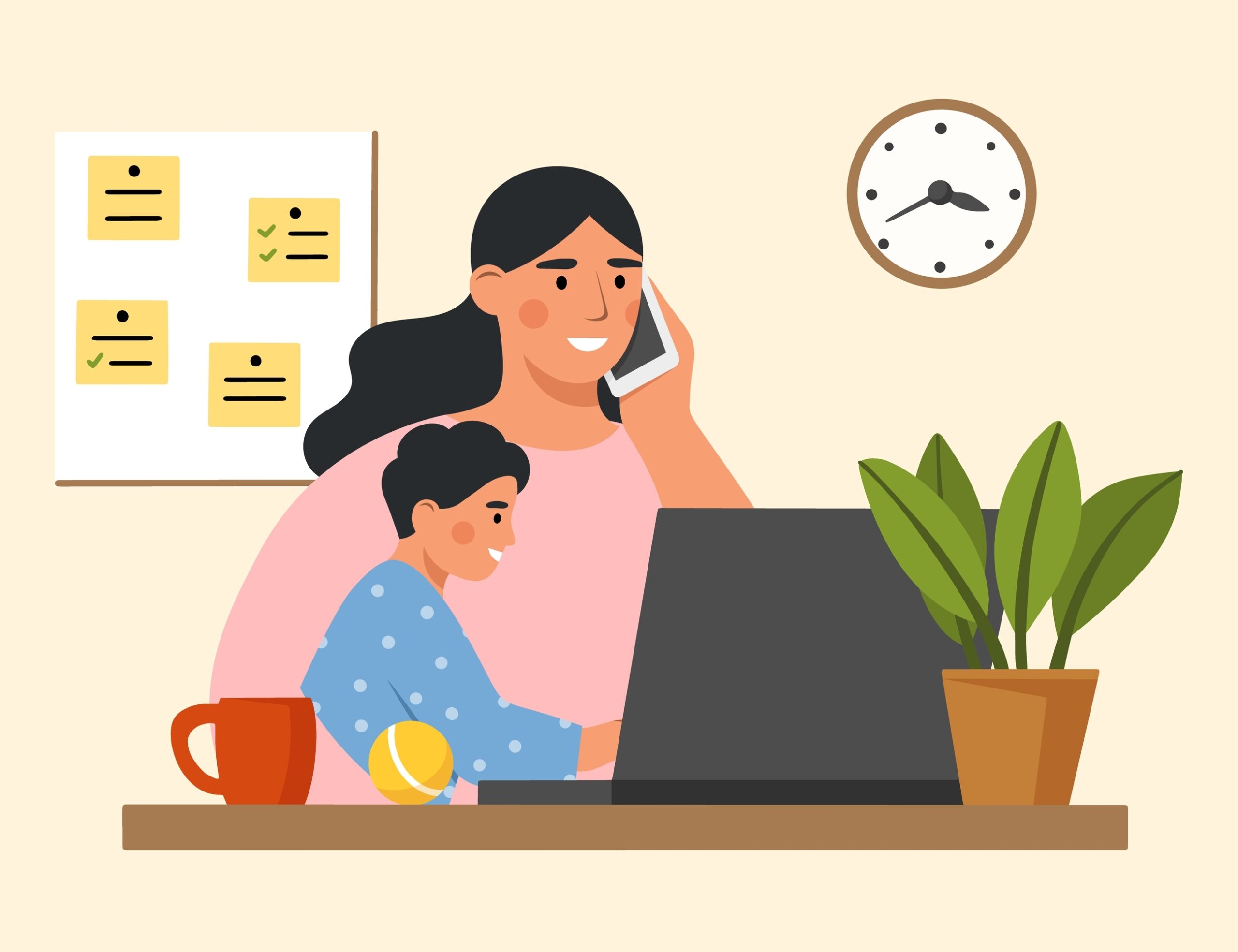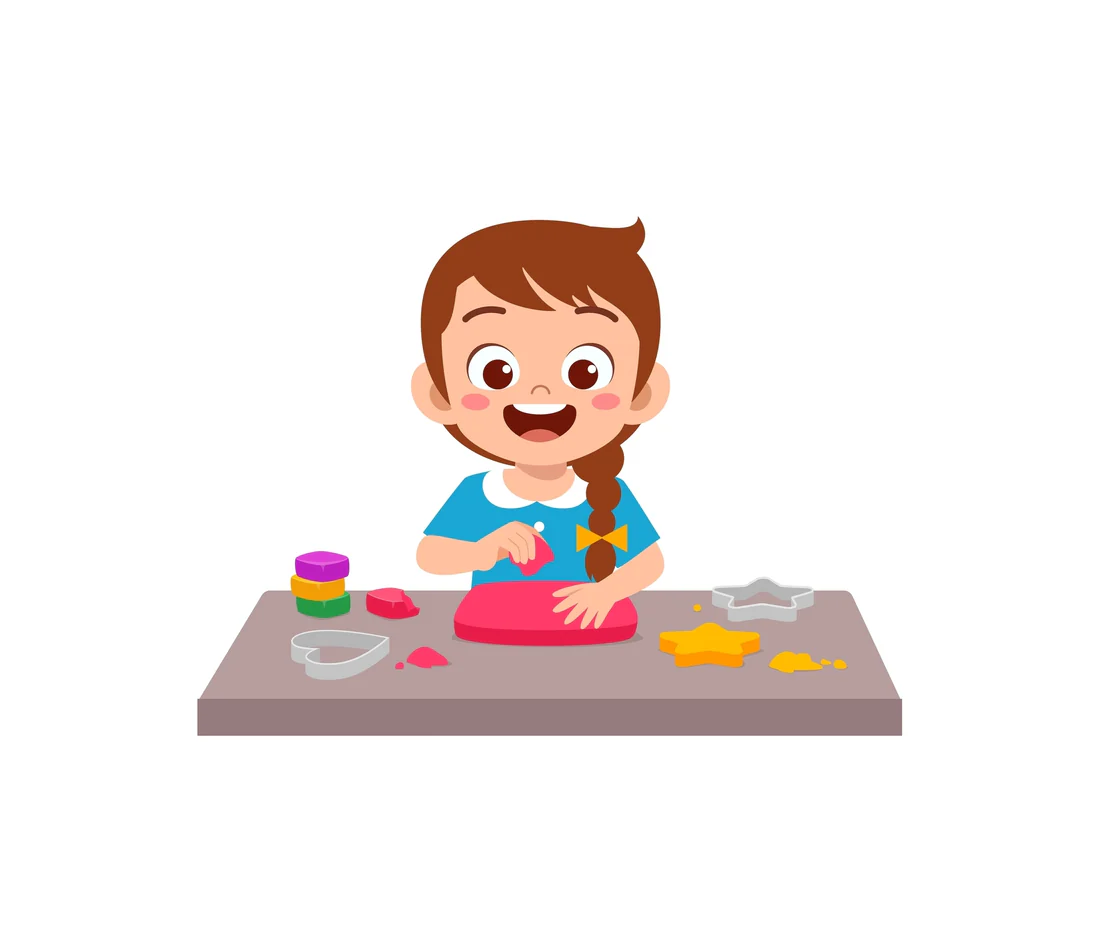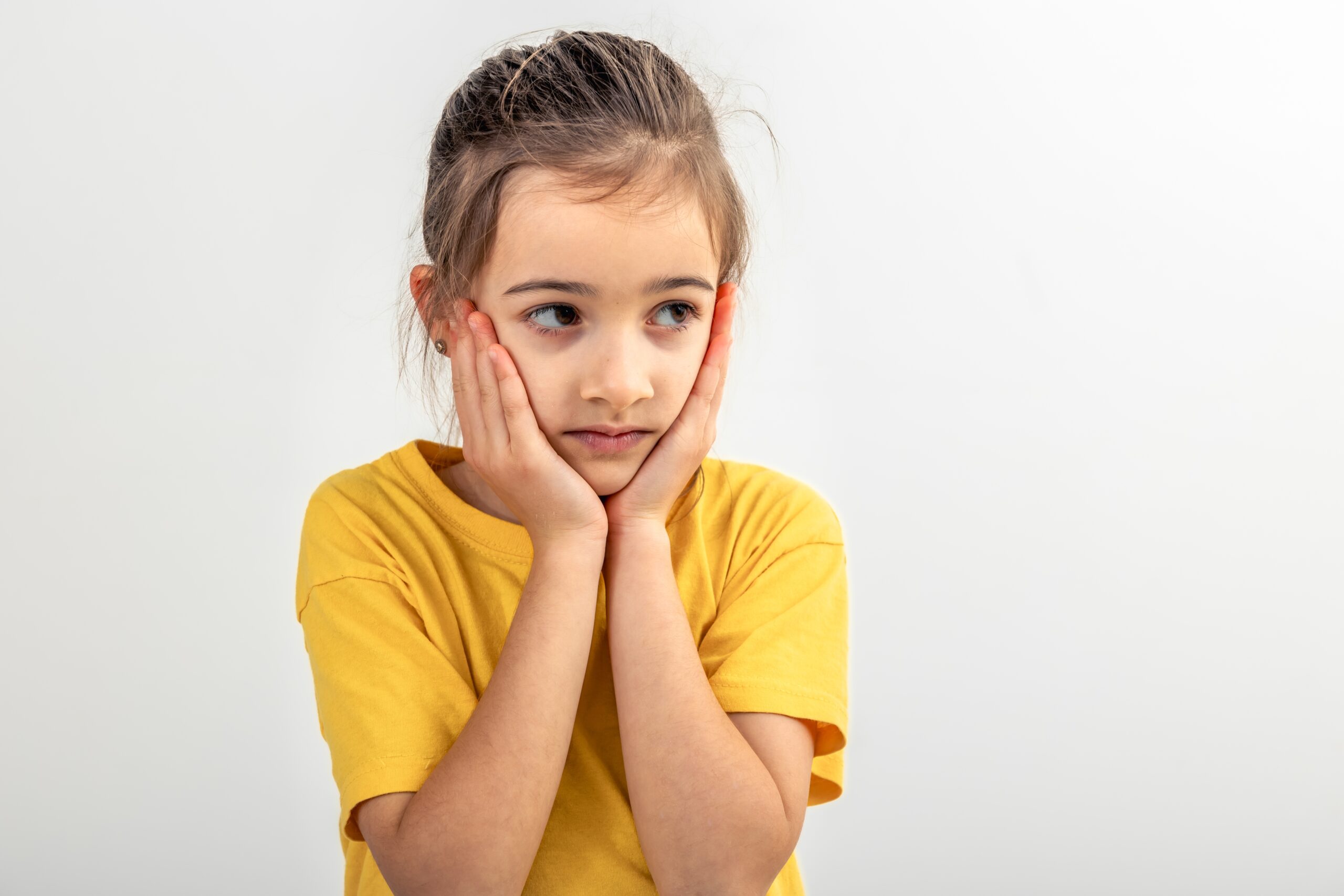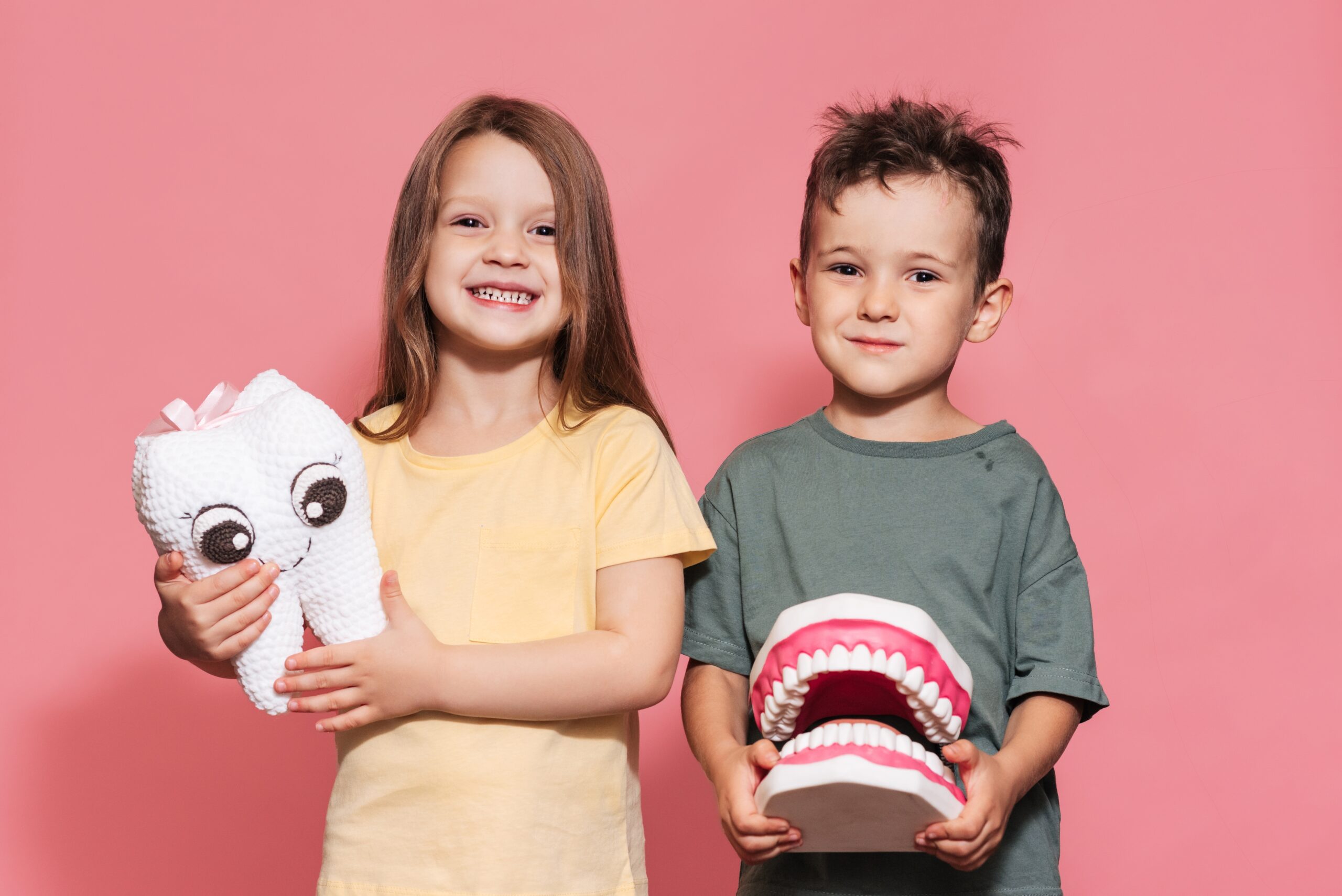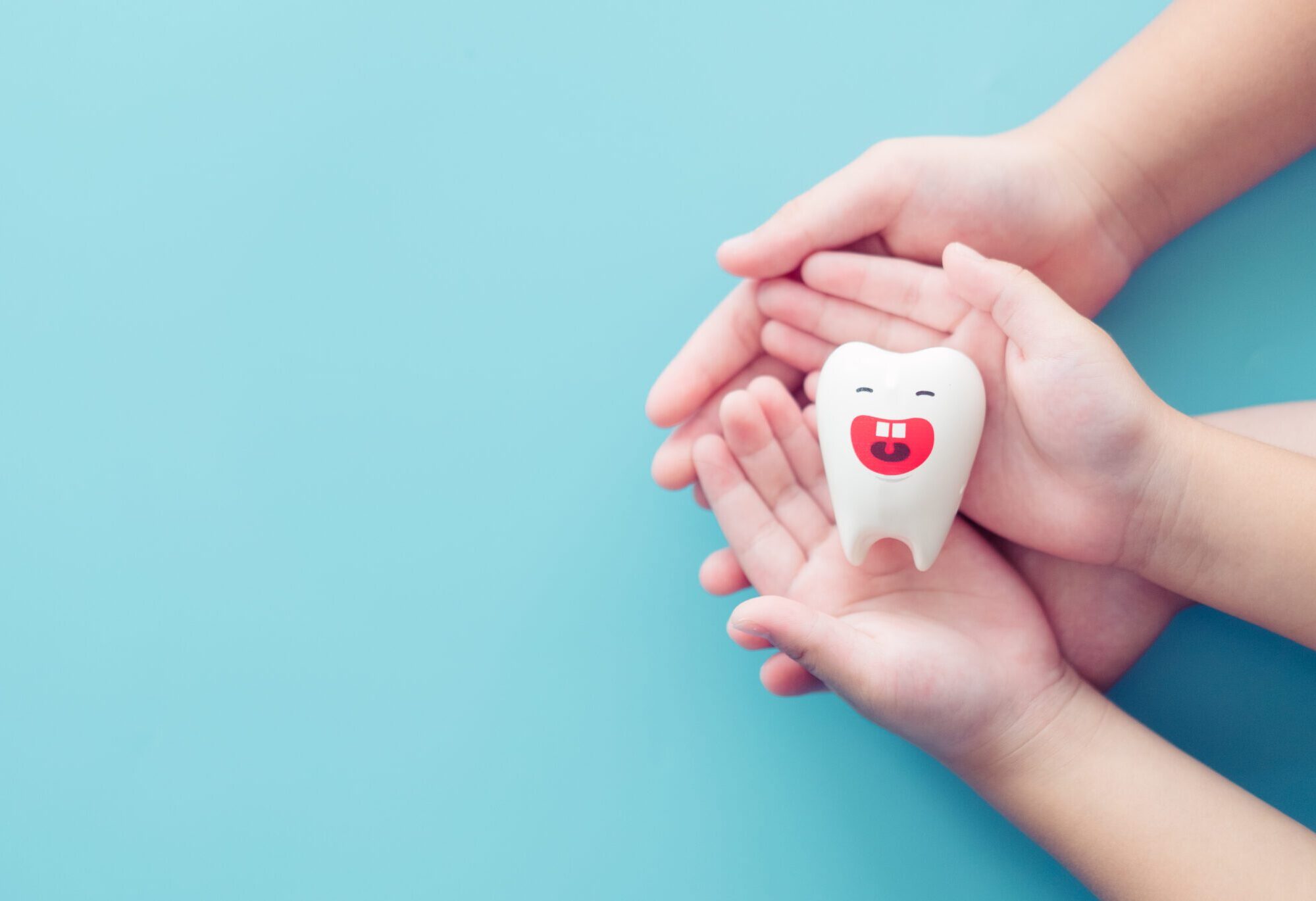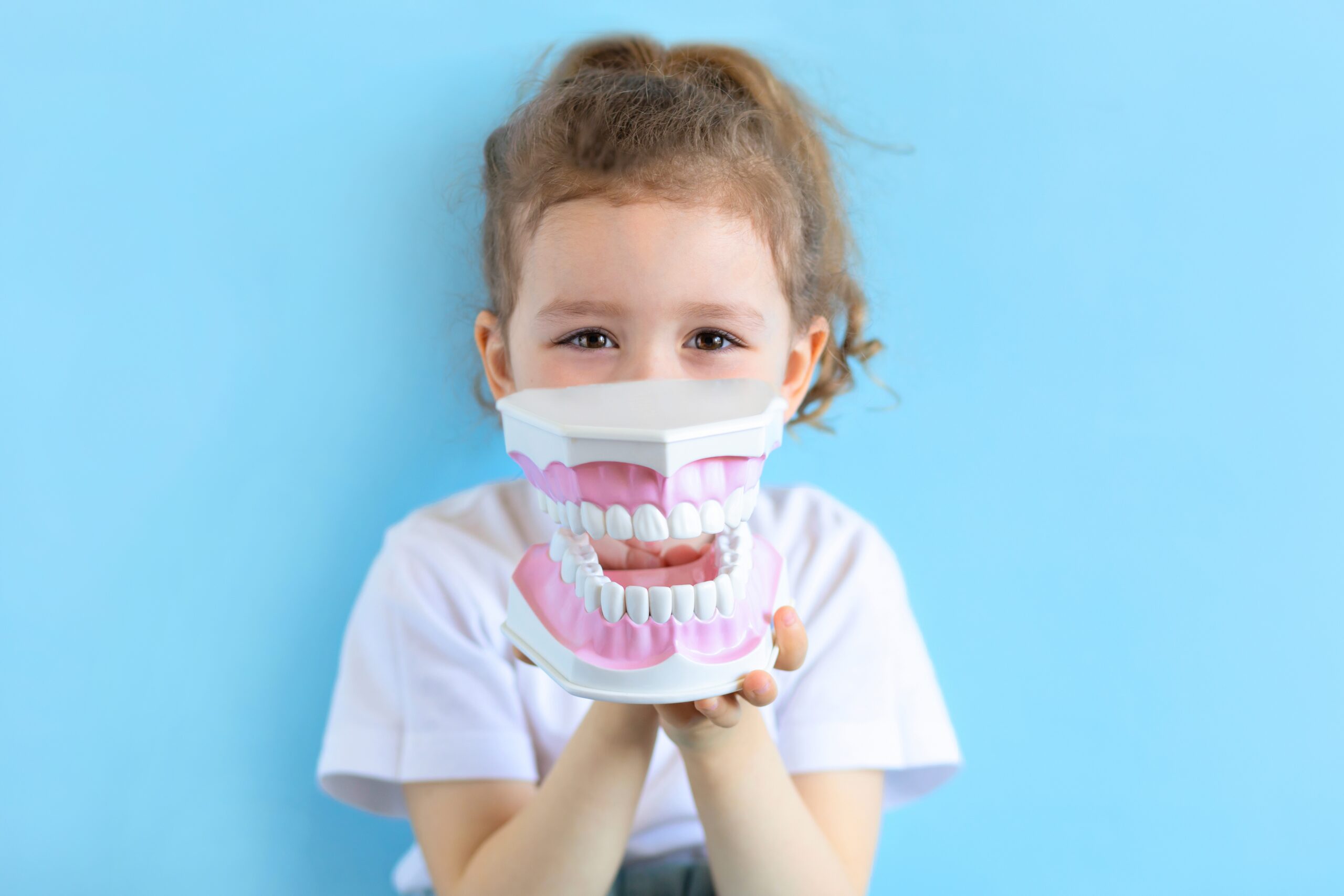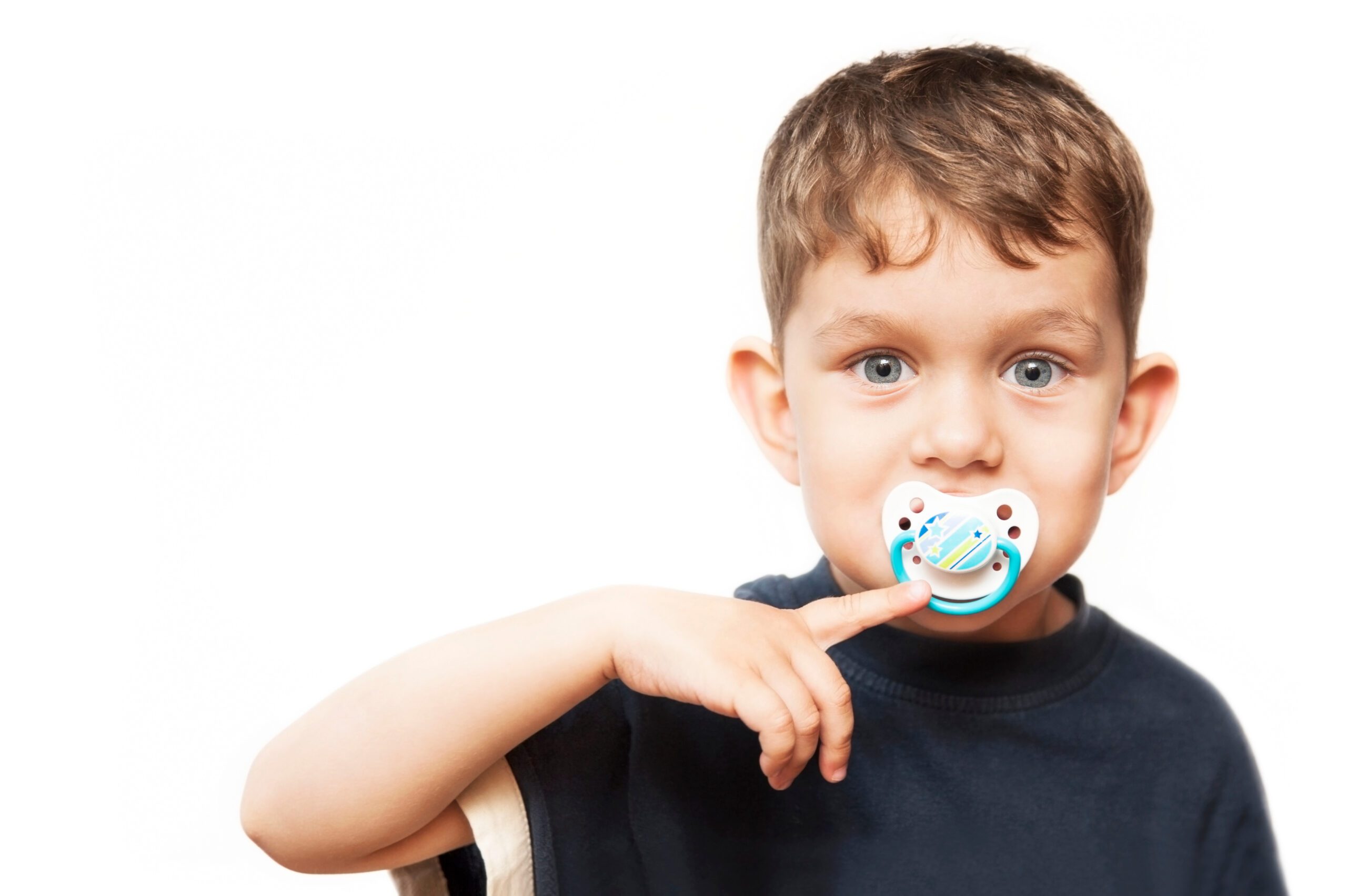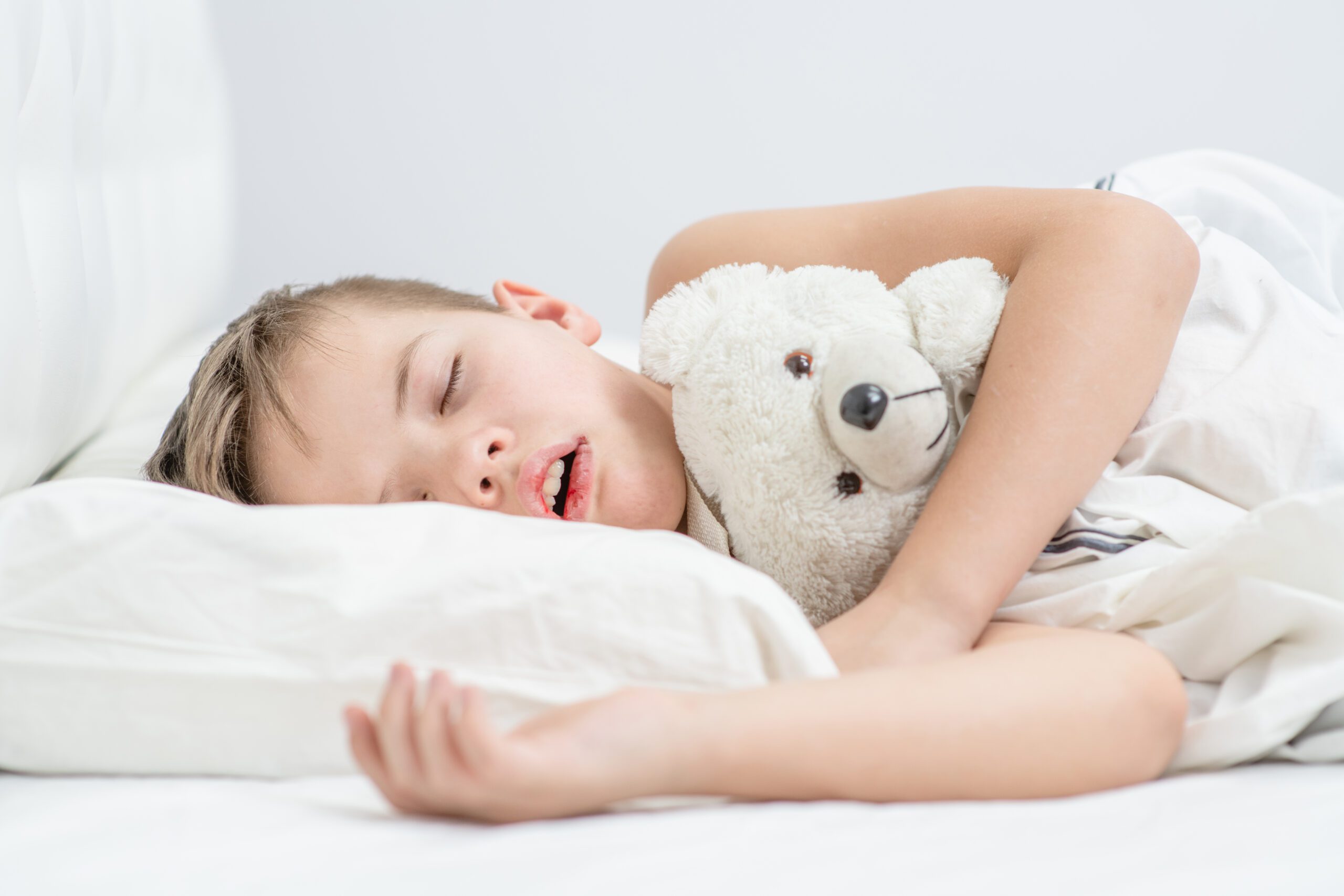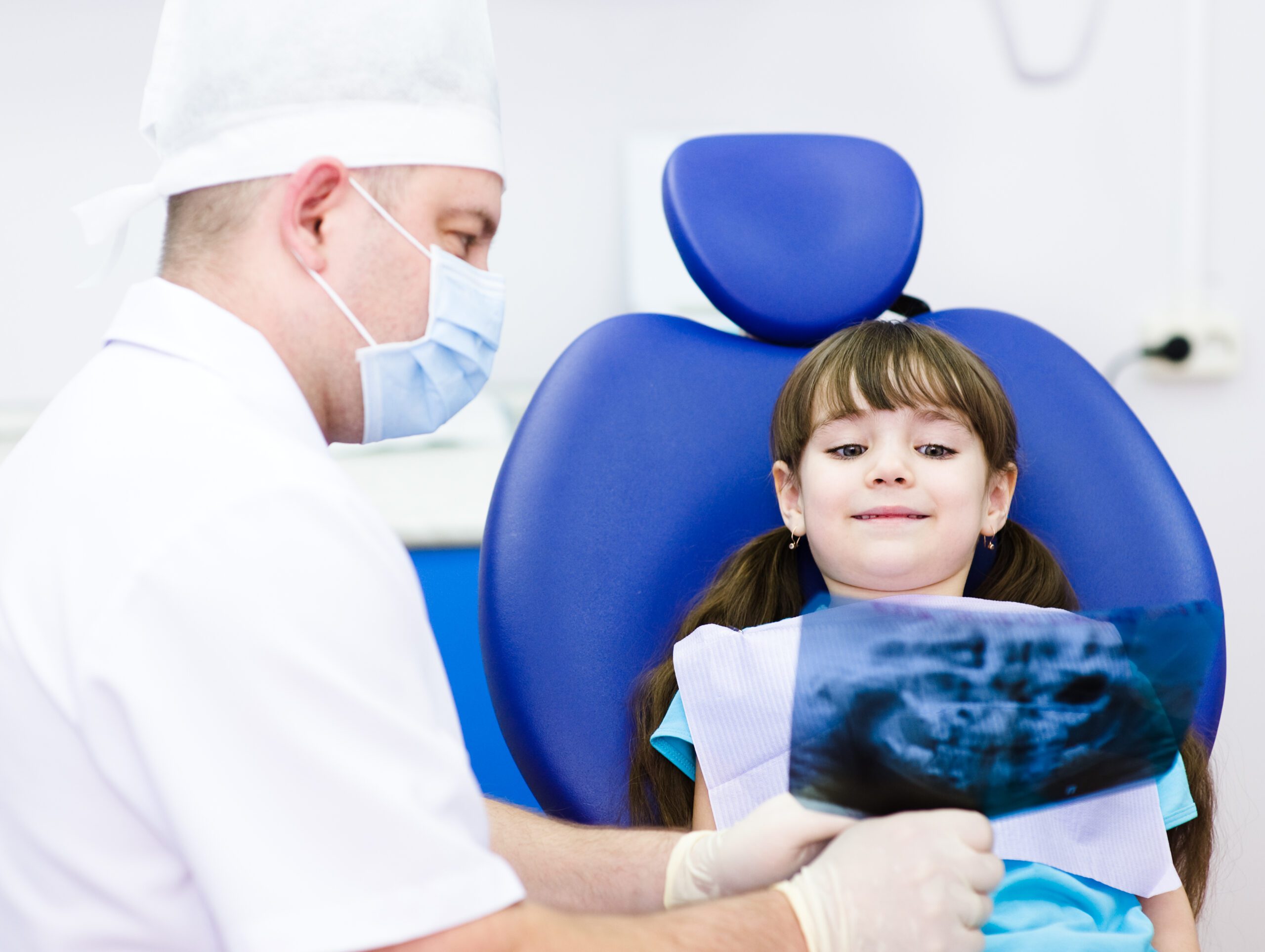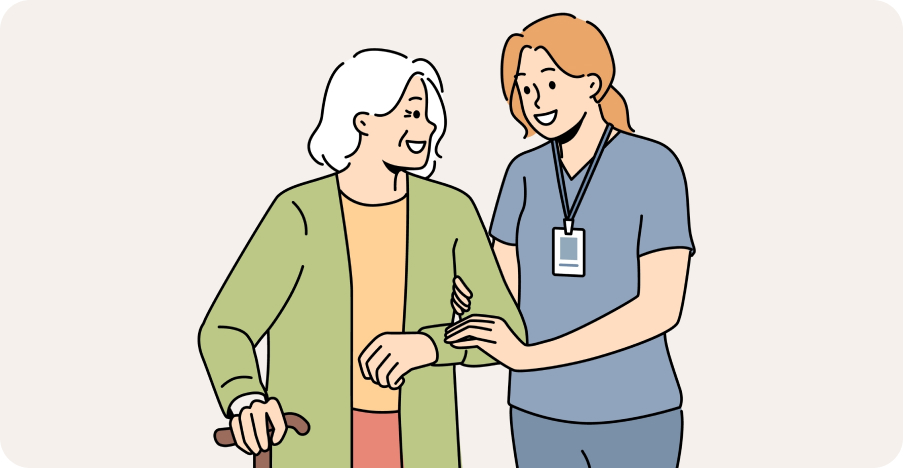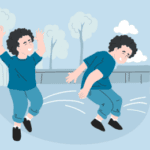
Blog
The Importance of Brushing Teeth Starting at a Very Young Age
Author: Eva Lassey PT, DPT with insights from Dr. Yana Pekarski, DDS (CEO, Sacramento Holistic Dentistry)
September 25, 2024
The Importance of Brushing Teeth Starting at a Very Young Age
By: Dr. Eva Lassey PT, DPT with insights from Dr. Yana Pekarski, DDS (CEO and Owner of Sacramento Holistic Dentistry)
Dental health is an important part of overall health, and establishing good oral hygiene habits from an early age is essential. As parents and caregivers, we are responsible for teaching our children the importance of brushing teeth, setting the foundation for a lifetime of healthy smiles. Experts agree that good dental care can prevent a host of issues, from cavities to gum disease, reducing the risk of systemic health problems associated with poor oral hygiene.
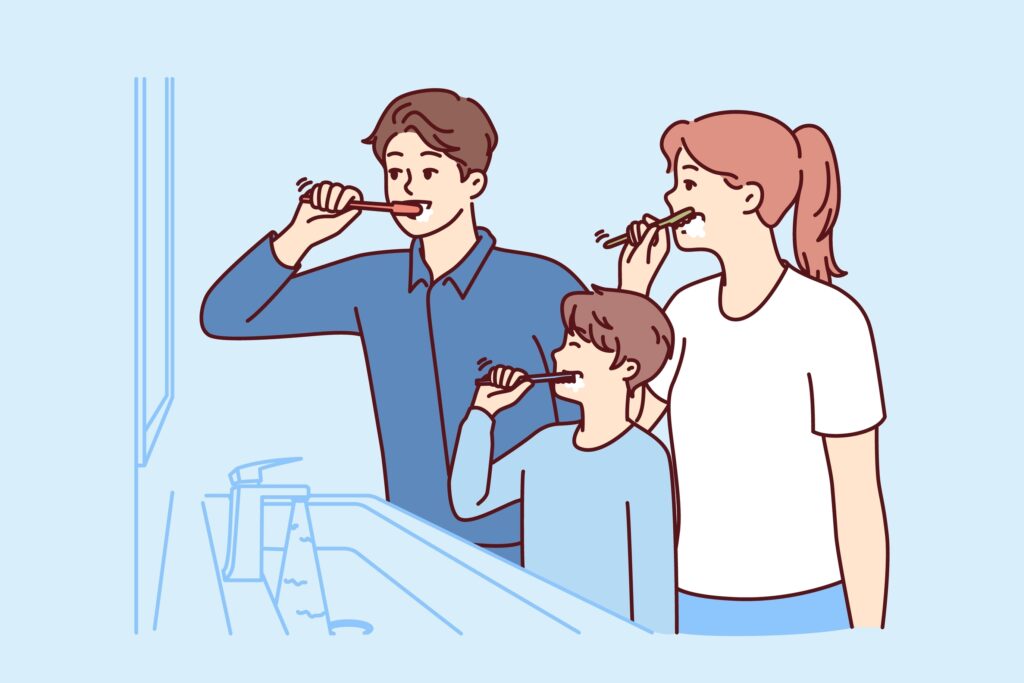
Why Start Brushing Teeth Early?
Brushing teeth should begin as soon as the first tooth emerges, which typically occurs around six months of age.
The first years of a child’s life are instrumental in developing long-lasting habits, and oral hygiene should be no exception. The American Dental Association (ADA) recommends that parents brush their child’s teeth twice a day with a fluoride toothpaste, ideally when they wake up and before bed.
Children who do not develop proper brushing techniques and routines may experience tooth decay and cavities at an early age, leading to tooth pain, missed school days, and costly treatments that are unpleasant for the child as well as parents. Moreover, teaching children to view oral hygiene as a normal part of their daily routine is key to instilling lifelong practices.
It takes an average of 2 months to develop a habit. If a parent develops a routine of brushing their child’s teeth every morning, and brushing and flossing every evening, it will be easier for the child to maintain good oral health.
“Cavities develop when bacteria in plaque processes sugars from things like candy, soda, and juice, as well as carbohydrates from foods like cereals, crackers, breads, and chips, and then releases acid, which dissolves teeth. If there is no plaque, the chance of a cavity developing is very low. Parents often don’t realize that most cavities in baby teeth start between teeth, because parents are usually a lot better at brushing than they are at flossing their child’s teeth. When plaque bacteria sits between teeth, it releases acid, which dissolves the minerals out of the tooth and results in a cavity” said Dr. Pekarski.


What are early signs of a cavity?
Cavities start as a whitening of a tooth, usually as little white spots or white lines; these are called “white spot lesions.” If bacteria sits on these white spots, the enamel eventually caves in and creates what we call a cavity. These spots are often along the gumline, and between teeth. A dentist is best at spotting these early changes to the structure of a tooth, and can help with recommending way to remineralize the affected tooth structure. If you notice any white spots on your child’s teeth, it is very important to make a dental appointment right away. Often times these spots are invisible between teeth, and X-rays are needed to check for any cavities happening between teeth.

Common Myths about Children’s Dental Hygiene
Baby teeth don’t matter.
Baby teeth, also known as primary teeth, play an essential role in a child’s development. They help with speaking, eating, and maintaining space for permanent teeth. Cavities in baby teeth can lead to infections that may impact adult teeth if not addressed.
If you brush, you won’t get cavities.
While it may seem logical that brushing will prevent all cavities, if a child snacks on carbohydrates or eats sticky sweet things like candy, soda, and juices, the child may have weak enamel, as the minerals may leach out of the teeth due to acidic pH in the mouth. Brushing and flossing go hand in hand with a healthy diet that exposes the mouth to carbohydrates only during meals and never during snacks.
Flossing isn’t important until all adult teeth are in.
Just as cavities can happen on the front, back, and top surfaces of our teeth, they can happen between a child’s teeth even if their teeth don’t touch. Flossing is the best way to remove plaque between teeth, whether the teeth touch or not.

How Can I Get My Child to Brush Their Teeth?
Getting children to brush their teeth can often feel like a challenging task, but with the right strategies, it can become a fun and engaging routine. Here are some effective tips to encourage your child to embrace tooth brushing:
Make it Fun: Turn brushing into a game. Use a timer to see how long they can brush, or play their favorite song during the process. You can also incorporate colorful toothbrushes or toothpaste with fun characters to make the experience more appealing.
Set a Good Example: Children often mimic their parents’ behaviors. Show them how you brush your teeth daily and discuss why it’s important. This can help instill good habits in them as they see you prioritizing your dental health.
Use Positive Reinforcement: Praise your child when they brush their teeth well. Consider establishing a reward system where they earn stickers or small rewards for consistent brushing routines.
Create a Routine: Setting a specific time for brushing teeth, such as after meals and before bedtime, can help establish consistency. A clear routine helps children know what to expect and integrates brushing into their daily lives.
Engage Them in the Process: Let your child pick out their toothbrush and toothpaste flavor. Giving them a choice can increase their interest and investment in the task.
Encouraging good dental hygiene habits early in life will help ensure that your child maintains a healthy smile as they grow, promoting both their dental and overall health.

At what age should I start brushing my child’s teeth?
Begin brushing as soon as the first tooth appears, usually around six months old. Use a soft-bristled toothbrush and a tiny smear of toothpaste.
How much toothpaste should I use for my child?
For children under three years of age, use a smear (about the size of a grain of rice). For children aged three to six, a pea-sized amount is recommended.
Should I supervise my child while brushing?
Yes, until they are around the age of seven or eight, children should be supervised to ensure they are brushing correctly and using the right amount of toothpaste.
What techniques should I teach my child for effective brushing?
Teach your child to brush in gentle circular motions, angling the bristles towards the gums, covering all tooth surfaces, and to spend two minutes brushing at least twice a day. Encouraging them to sing a song or use a timer can help make this routine fun.
How often should my child visit the dentist?
It is ideal for children to have their first dental visit by the age of 6 months. It may seem too early for some, but this is a great time for a dentist to discuss proper oral care, and what can be done to prevent cavities. After that, regular check-ups should occur every six months.

What if my child is afraid of the dentist?
It’s important to create positive associations with dental visits. Use positive language, read books, or watch videos about dental visits, and consider choosing a pediatric dentist who specializes in working with young children.
What Do I Do If My Child Has a Toothache?
If your child is complaining of tooth pain, it’s essential to take prompt action to relieve their discomfort and determine the underlying cause. Here are some steps to consider:
Assess the Pain: Ask your child to describe the pain, including its location and the intensity. This may help identify whether it’s a deep cavity, gum issue such as teething or another dental concern.
Schedule a Dental Appointment: Regardless of how you manage the pain, it is crucial to make an appointment with your child’s dentist right away.. Toothaches often indicate deep cavities that have reached the nerve, a dead tooth nerve that is infected, a gum infection, or other dental issues that require prompt professional assessment and treatment.
Clean the Area: Gently rinse their mouth with warm salt water to help reduce inflammation and keep the area clean.
Pain Relief: Over-the-counter pain relief medication may be administered according to the dosage instructions for their age if it is not possible to see a dentist right away (if the pain is at night or on the weekend). Always consult with a healthcare provider if you’re unsure about which medication is suitable for your child.
Cold Compress: Applying a cold compress to the outside of the cheek can help reduce swelling. Make sure to wrap the ice in a cloth to prevent skin irritation.
Monitor Symptoms: Keep an eye on additional symptoms such as fever, swelling, or persistent pain. If these occur, seek medical attention immediately as they often indicate a more serious condition.
Taking these steps can help manage your child’s toothache effectively while ensuring they receive the appropriate care to maintain their dental health.

Is mouthwash suitable for young children?
“Generally, mouthwash is not recommended for children under six. If you decide to use it when they’re older, choose an age-appropriate, fluoride-free version and ensure they can spit it out instead of swallowing”, states Dr. Pekarski.

Fostering good dental habits in children from a young age can pave the way to a lifetime of healthy smiles. By establishing routines around brushing and flossing, addressing common myths, and staying proactive about dental visits, caregivers can maximize their children’s oral health. Ultimately, teaching the importance of dental hygiene equips children with the tools they need to maintain their oral health and overall well-being for years to come.
References:
- Thornton-Evans G, Junger ML, Lin M, Wei L, Espinoza L, Beltran-Aguilar E. Use of Toothpaste and Toothbrushing Patterns Among Children and Adolescents — United States, 2013–2016. MMWR Morb Mortal Wkly Rep 2019;68:87–90. DOI: http://dx.doi.org/10.15585/mmwr.mm6804a3
- American Academy of Pediatrics; Healthychildren.org. Dental health & hygiene for young children. Itasca, IL: American Academy of Pediatrics; 2015. https://healthychildren.org/English/healthy-living/oral-health/Pages/Teething-and-Dental-Hygiene.aspx
- American Dental Association Council on Scientific Affairs. Fluoride toothpaste use for young children. J Am Dent Assoc 2014;145:190–1. CrossRef PubMed
Development of Nasal Breathing for Children Developing nasal breathing can be a challenge for most children, but it is nasal
Promoting Oral Motor Development for Speech and Feeding When it comes to oral motor development, there are several important stages
related blogs
Your child is constantly moving, crashing into furniture, or having meltdowns in response to seemingly minor things like a loud
Your toddler refuses to wear certain clothes, has huge meltdowns in noisy places, or is an extremely picky eater, limited
Your child seems to miss verbal instructions, struggles to follow conversations in noisy environments, and often asks "what?" even when
On the surface, autism and Ehlers-Danlos syndrome (EDS) might seem like two entirely unrelated conditions. One is a neurodevelopmental condition
The intense head pain begins, lights feel blindingly bright, and every sound seems amplified to an unbearable level. You retreat


